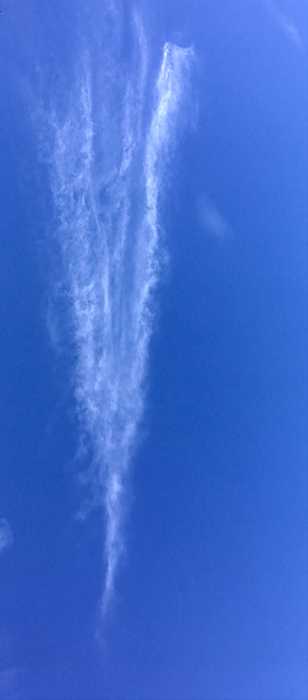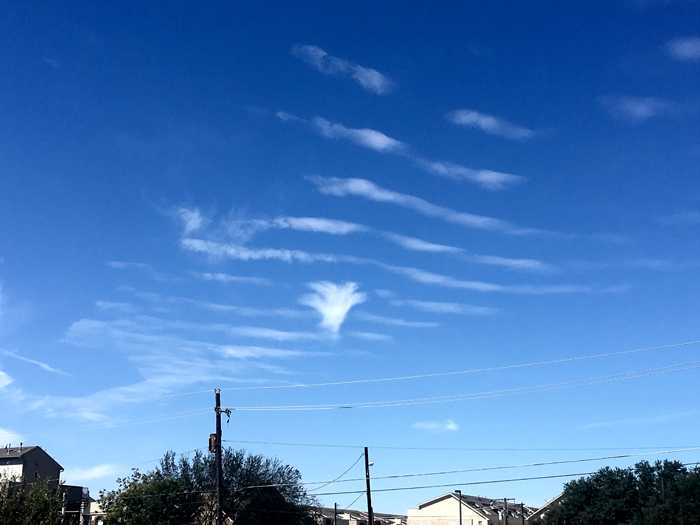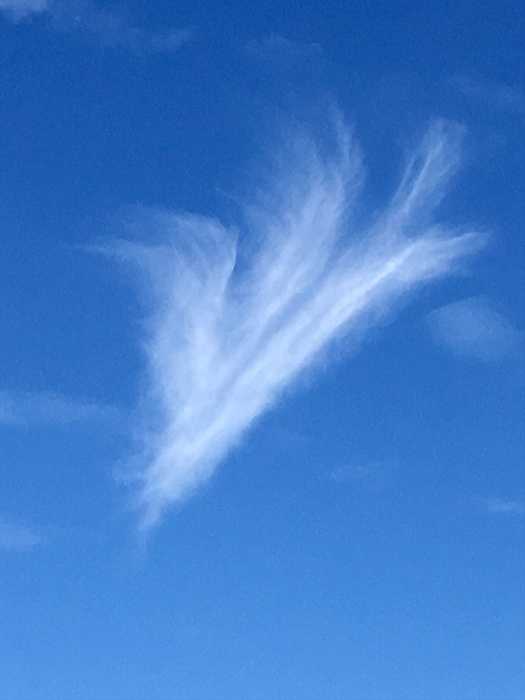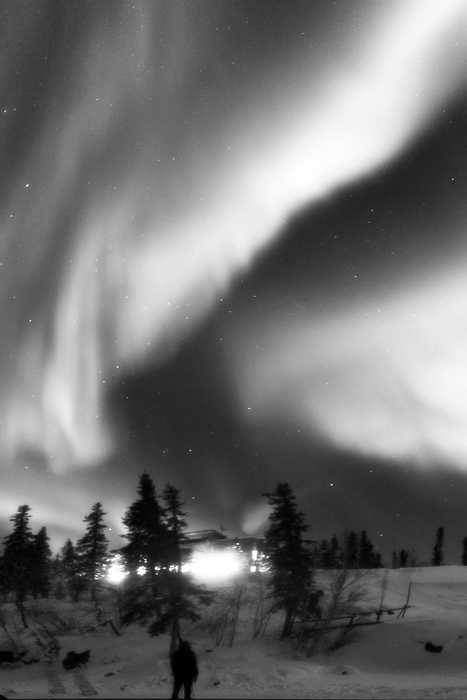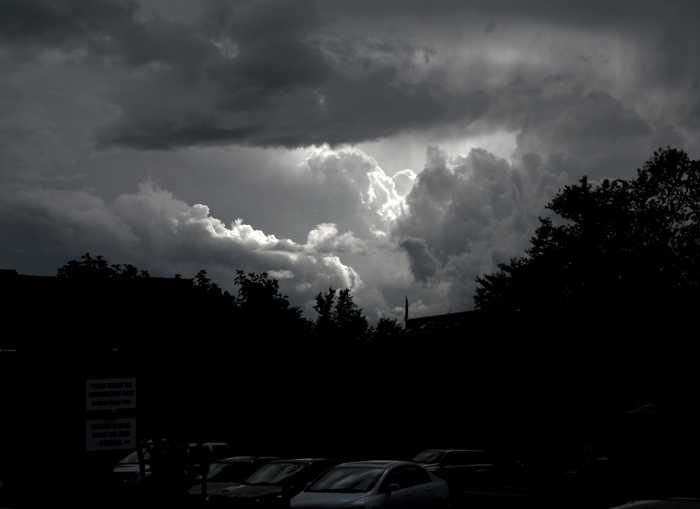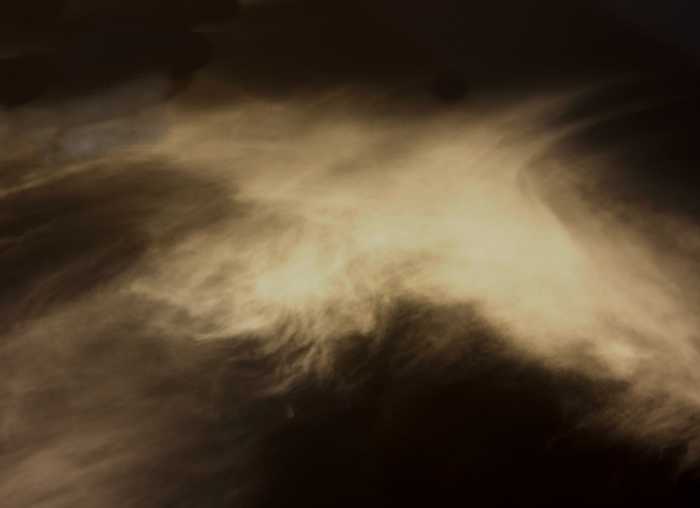Forum Replies Created
-
AuthorPosts
-
 Don HatfieldParticipant
Don HatfieldParticipant
Unable to beat Hans’ 26 contrails –
I submit a mere 10, perhaps appropriate for the season
(actually spotted 6 months ago)-Don
 Don HatfieldParticipant
Don HatfieldParticipantGetting back to (perhaps) pleasing hygge and Granny Weather Witch –
The cloud patterns, while interesting, are not exactly the focus of this photograph, but they strongly accentuate the subject of photo : the vast emptiness and loneliness of the rural American plains. The photo’s emotional impact, imho, would be poorer without them –

 Don HatfieldParticipant
Don HatfieldParticipant Many years ago, I had an aunt who lived in a very poor neighborhood here in Dallas, Texas. She had a houseful (around 30) of cats, each with their own name. And one dog, who she called “puppy dog”.
Many years ago, I had an aunt who lived in a very poor neighborhood here in Dallas, Texas. She had a houseful (around 30) of cats, each with their own name. And one dog, who she called “puppy dog”.I finally found the spirit of that dog in the sky. Thanks for the memories “Auntie”.
Don
November 20, 2018 at 3:48 am in reply to: Weather Photographer of the Year 2018 – 6 great photos here #309652 Don HatfieldParticipant
Don HatfieldParticipantLaurence – Thanks so much for the links. All were excellent, but my vote would be saplit between the actual over17s winner with his multiple lightning strikes (very colorful) and the Reflection Bow photo for its unusuality.
While The Weather Channel is good, I wish we had a contest like this in the US.
-Don
November 13, 2018 at 5:39 am in reply to: Northern Lights – Aurora Borealis – Scotland – 4 November #308424 Don HatfieldParticipant
Don HatfieldParticipantGeorge – I definitely did not use chemical warmers for the camera. BTW I have a Canon 5D DSLR (not mirrorless). I did use them for my feet, though. Very useful there. At forty below, the ice on the lake was 5 feet thick, below several feet of snow.
I stayed in a lodge, so, while inside, I would mount the camera on a tripod, attach the lens leaving the lens cap on, hook up the line/shutter release. (If you don’t have one, you need to get one; otherwise it’s too difficult to push the shutter release button on the camera with your hand warmers, etc on. Also for other reasons.) Put in the card (SD, CF whatever).
BTW I usually put the lens cap on between shots; no real reason- just seems like a good idea. And on that topic, don’t use any lens filters, like a “Clear” or “UV filter”. They just get in the way of aurora shots.
Then I would take the whole setup outside. After about 5-10 minutes, I would remove the lens cap. While waiting I would look up, around, whatever and check out where I wanted to point my camera. Pictures look better if a bit of ground/trees/etc is in them. Otherwise just looks like green goop in your photo (notice the shoreline in my color photo, also the person in the B&W one). Tilt the camera and start clicking away. Your feet will get cold long before anything else. I could stand about 2-3 hours at a time, maybe just because I was excited to revel in the green majesty of it all.
Like I say , I was at a lodge out in the middle of nowhere, so I would go in to get warm, drink some coffee etc. I’d leave the camera/ tripod setup outside (put lens cap back on). Each night the camera/tripod setup was outside 5-8 hours.
Battery lasted me about slightly longer than an hour; here in Dallas they usually last several days. I would take more than 3 batteries. You don’t want to miss a picture just because you’re out of power. Same thing with the recording cards. Take extras. That’s the main reason I took two camera bodies and several “short” lenses. BTW anything above 40mm is a waste of space for aurora. I had a 75mm that I used around town, during the daytime.
Another thing I forgot to mention earlier. Take a small red flashlight. Red lets you see without destroying your night vision. This is important since the aurora can be kind of dim. And when you’re out and about, try to stay away from roads. There is occasional truck traffic and those headlights are real killers on your eyes/night vision and ruinous to your photo.
Some have suggested setting your histogram to show each of the RGB channels separately. I did that, but only found it marginally useful. On a completely different note, try the Ethiopian food place for dinner one evening; it is really good.
Hope this helps. Offer is always open if you have other thoughts/comments/questions.
-Don Don HatfieldParticipant
Don HatfieldParticipantMichael, Arizona #95 is simply fabulous!. For several reasons, makes me think of “double, double toil and trouble”. – Don
 Don HatfieldParticipant
Don HatfieldParticipant
And sometimes gold is the color of a sunset, especially on a hazy evening.
November 12, 2018 at 3:54 am in reply to: Northern Lights – Aurora Borealis – Scotland – 4 November #308191 Don HatfieldParticipant
Don HatfieldParticipant George – I went on the CAS Sky Holiday in Canada in early 2017, and learned several things of note :
George – I went on the CAS Sky Holiday in Canada in early 2017, and learned several things of note :
1) take plenty of long underwear, including long pants, undershirts, socks and glove liners. Silk was the best for me. We took some polyester (I think), and while it kept me warm, I sweated heavily with it on; silk whisked away the moisture.
2) On top of these undergarments, I wore “smart wool” shirts (then on top of that a heavy woolen shirt) and heavy duty jeans. For my feet, I had purchased some heavy duty socks (several years ago) from a sock manufacturer outlet at the Frontenac Hotel in Quebec. Over my hands, I wore woolen, fingerless gloves. You can see the fingerless gloves on my avatar-photo, which was taken in Yellowknife.
3) I assume the warm clothes you’re renting is similar to what I have on. Snow pants, books, fur lined parka. I can tell you this, if you don’t have any -40degree clothes already, then pretty much nothing you can buy is warm enough by itself. Your rental will pay off, but you need the other things I mentioned just to stay warm. PS – I never took off the snow boots except to sleep.
4) You will be surprised how much you need to eat and drink. Keeping warm in cold weather is hard work.
5) You will need a tripod for the aurora pictures since you best shots will probably be around 10 seconds., I took one tripod and two cameras with me; one a fixed 20mm f/2.8 and the other a 16-25mm f/3,4-4.5. I used them both wide open, manual focus (on infinity) and used a shutter release. I also took along several large baggies, big enough to hold a camera and lens.
6) The baggies are there to keep moisture off your sensor when you bring it inside. Put the camera and lens in the baggie while you are still outside. Let the camera warm up and dry out completely before taking it outside again. You can’t imagine how difficult it is to wipe off the moisture that freezes on the sensor and lens at 40 below.
7) Bring lots of batteries. They discharge rapidly in cold weather. Bring a charges for the batteries so that you can always have some ready. While outside, put the spare batteries in your pocket; body heat helps a lot. Interestingly enough, the electronics of the camera did not really seem to be affected by the cold temps.
8) You need to be well away from even the dim lights of Yellowknife; at least an hour’s drive away from the city. It must be very dark outside for the kind of photos I think you are looking forward to. It’s also very easy to get lost. Everything looks the same, especially when your attention is skyward.9) The aurora comes in around 9-10pm for awhile, then seems to disappear, only to return around 2am. Both were equally fantastic, so maximize your shooting time when you can. Sometimes the aurora was just a wide green stripe across the sky, sometimes an arc or a curtain. Sometimes the whole sky is full of greenish light that reflects off the snow.
I hope this helps a bit. Let me know if anything is unclear or if you have other thoughts or questions.
Here is a photo I took while I was in the Yellowknife area.
 Don HatfieldParticipant
Don HatfieldParticipant
Thanks to all for helping with the ID(s). And yes, Keelin, as I watched over a period of about 20 minutes, the eraser did indeed finish up, and then itself began to dissipate, as if with a sense of a job well done. (sigh!)
 Don HatfieldParticipant
Don HatfieldParticipant
Hello All – I thought I would jump in as the topic of this thread is just what I’m needing help on. Two photos (unfortunately both taken with my rubbish mobile phone); one overview and one detail. I think the one is undulatus, and the other virga (I hope not just a fancy contrail). In any event, I do love the structure shown in the detail photo.
Thanks – Don November 9, 2018 at 3:30 am in reply to: Northern Lights – Aurora Borealis – Scotland – 4 November #307582
November 9, 2018 at 3:30 am in reply to: Northern Lights – Aurora Borealis – Scotland – 4 November #307582 Don HatfieldParticipant
Don HatfieldParticipantAnyone that can make one of Gavin’s Aurora Holidays should really go. My wife and I went on CAS trips to Canada in 2017 and Norway earlier this year (unfortunately not to Finland, though). Right before your eyes, you could literally see the curtain’s movement across the sky. And you’re right, Keelin. It is a most magical sight.
This B&W view is from the Canadian trip. The original color version is a deep, deep green.

 Don HatfieldParticipant
Don HatfieldParticipantThanks to all for the warm welcome. Regarding IR, I just wanted to see what could be done (I do some B&W also). Not sure where you’re from ,but I thought you could use a view of what Dallas TX looks like at the end of a stormy August afternoon. Reminds me of what Dr Seuss says about “when the storm starts stopping”.

 Don HatfieldParticipant
Don HatfieldParticipantI’m new to this thread and thought you might enjoy this one. While the photo is not, strictly speaking, a B&W image, it was taken with a camera converted to record only near infrared. Photo was taken using a custom white balance, which produces its sepia look. The picture itself reminds me of “the wings of storm battered dragons”.

-
AuthorPosts


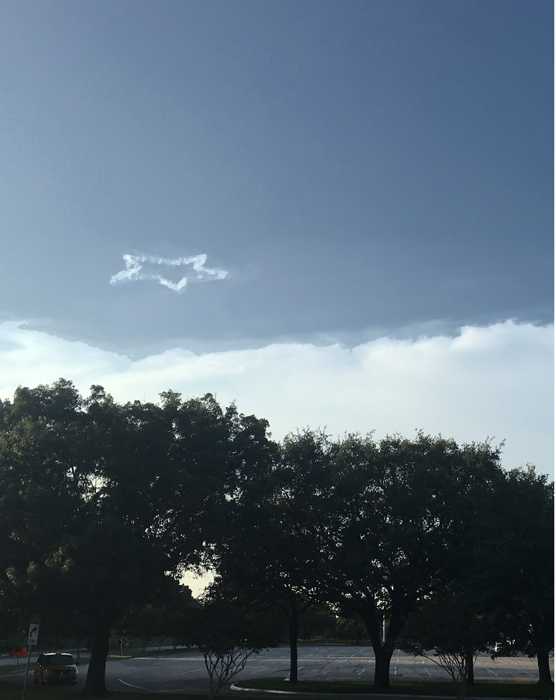
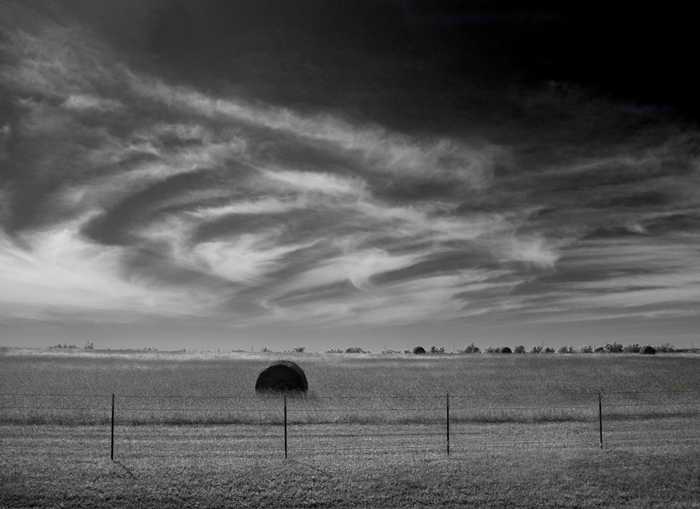
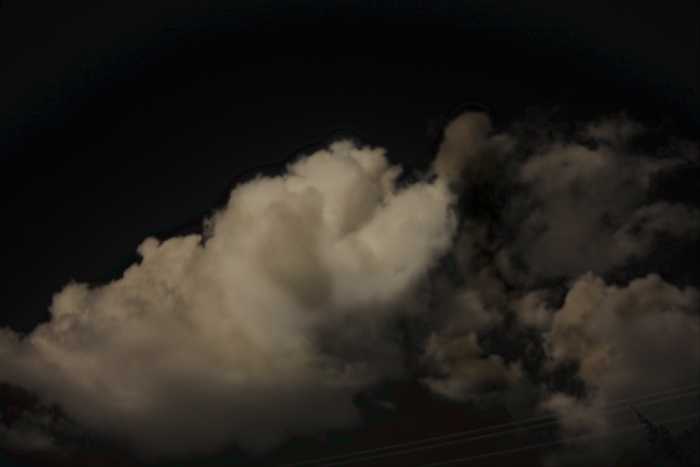 Many years ago, I had an aunt who lived in a very poor neighborhood here in Dallas, Texas. She had a houseful (around 30) of cats, each with their own name. And one dog, who she called “puppy dog”.
Many years ago, I had an aunt who lived in a very poor neighborhood here in Dallas, Texas. She had a houseful (around 30) of cats, each with their own name. And one dog, who she called “puppy dog”.
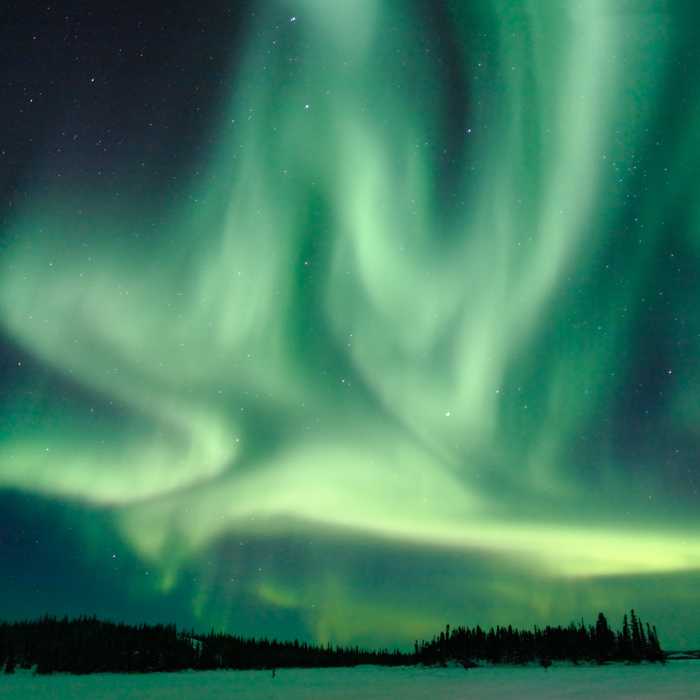 George – I went on the CAS Sky Holiday in Canada in early 2017, and learned several things of note :
George – I went on the CAS Sky Holiday in Canada in early 2017, and learned several things of note :